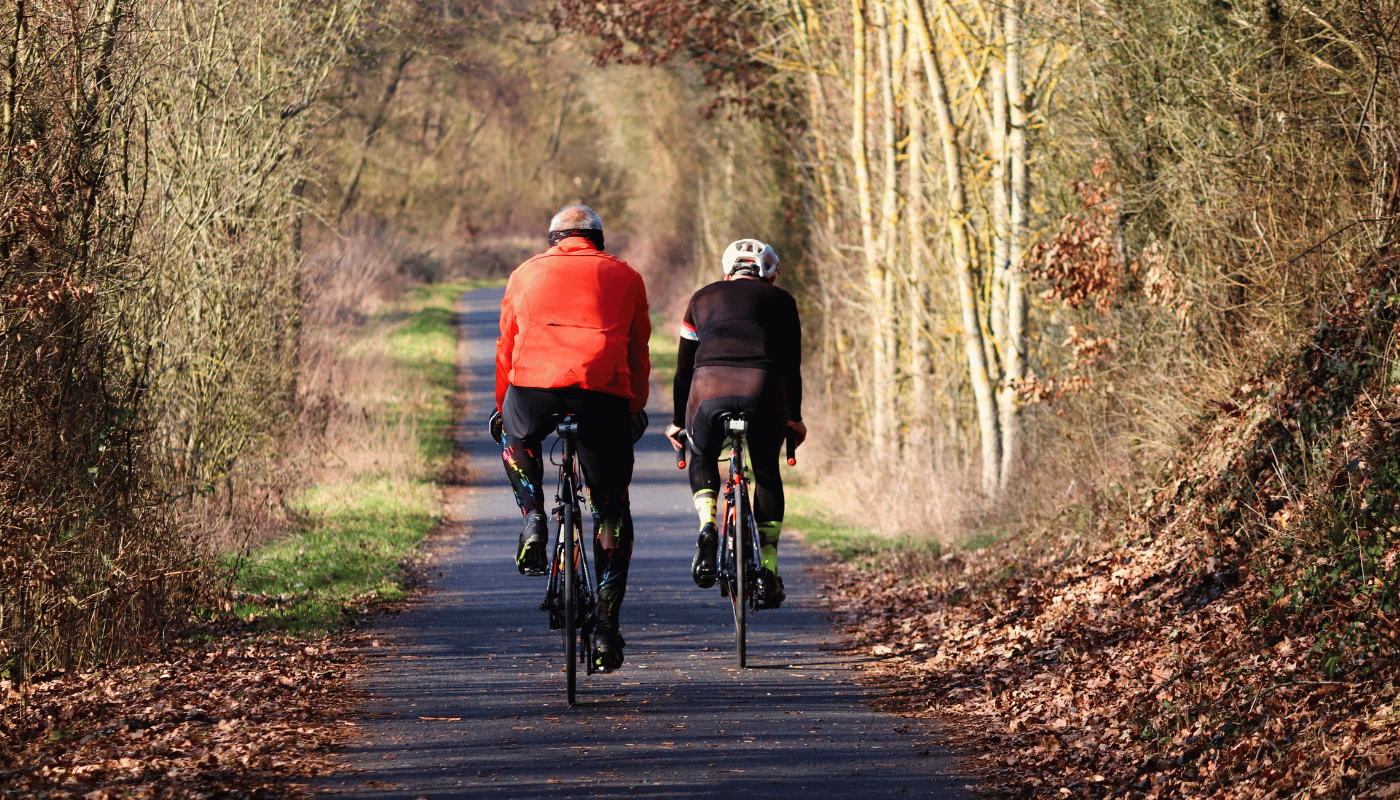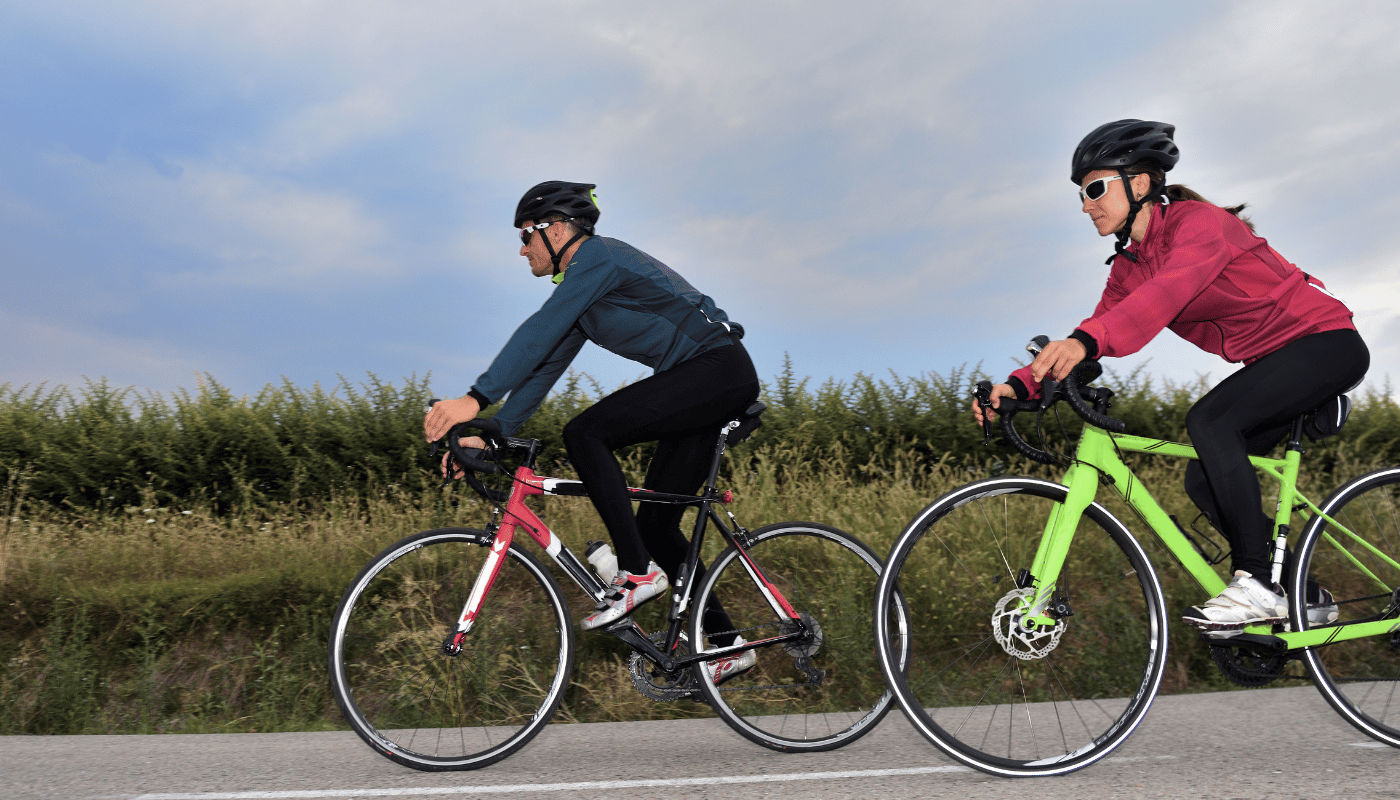Achilles tendonitis is a common overuse injury affecting the Achilles tendon, the band of tissue that connects the calf muscles to the heel bone. It typically develops from repetitive strain, making it especially common among athletes such as runners, basketball players, and soccer players. However, it can also affect non-athletes due to factors like poor footwear, overpronation (excessive inward rolling of the foot), or sudden increases in physical activity.
The condition manifests as pain and stiffness in the back of the ankle, often worsening with prolonged activity. Swelling, tenderness, and a burning sensation in the area are also typical symptoms. In severe cases, untreated Achilles tendonitis can lead to more serious issues like partial or complete tendon tears requiring surgical intervention.
Early diagnosis and treatment are crucial to prevent the condition from escalating. Rest, icing, and anti-inflammatory medications are the first steps in alleviating symptoms. Physical therapy and stretching exercises can help restore flexibility and strength in the tendon. Many individuals recovering from the condition ask, “is cycling good for Achilles tendonitis?” as they explore low-impact activities to stay active without exacerbating their injury.
Understanding the causes and symptoms of Achilles tendonitis is the first step toward effective recovery. Whether you are an athlete or someone who engages in casual physical activity, addressing the early signs can make a significant difference in preventing long-term complications.
Low-impact Exercises for Rehabilitation
Recovering from Achilles tendonitis requires careful consideration of your exercises to ensure they do not place undue stress on the injured tendon. Low-impact exercises are particularly beneficial during this phase, as they allow you to maintain fitness, improve circulation, and support recovery without risking further injury. These activities minimize the strain on the Achilles tendon while promoting mobility and flexibility, key factors in rehabilitation.
Incorporating low-impact exercises into your recovery routine can also prevent muscle deconditioning, common during rest periods. Such exercises are practical for rehabilitation and can help build a sustainable fitness routine that reduces re-injury risk.
Examples of low-impact exercises for Achilles tendonitis rehabilitation:
- Cycling on a stationary bike or outdoors on flat terrain
- Swimming or water aerobics for reduced joint stress
- Walking on even surfaces at a moderate pace
- Yoga and stretching exercises to improve flexibility
- Elliptical training with low resistance
Each of these exercises offers unique benefits. For instance, cycling allows you to maintain cardiovascular fitness without the high-impact strain of running, while swimming offers a full-body workout that eliminates pressure on the injured tendon. Conversely, walking is an accessible activity that can help you gradually reintroduce weight-bearing movements.
When incorporating these exercises, listening to your body and progressing gradually is essential. Start with short sessions of 10-15 minutes and increase the duration and intensity only if no pain or discomfort occurs. Additionally, ensure proper technique and equipment, such as supportive shoes or a well-fitted bike, to avoid unnecessary strain.
Low-impact exercises are crucial in Achilles tendonitis recovery, bridging the gap between complete rest and more intense physical activity. By carefully choosing the right activities, you can protect your tendon while continuing to stay active and healthy.
Why Cycling is a Great Option for Recovery
Cycling is considered one of the best low-impact exercises for recovering from Achilles tendonitis. Unlike running or other high-impact activities, cycling offers a way to maintain cardiovascular fitness without placing excessive stress on the injured tendon. Engaging in controlled, repetitive motions also promotes blood circulation to the area, aiding healing and reducing inflammation.
One of the primary benefits of cycling during recovery is that it allows you to stay active without putting weight directly on your Achilles tendon. This is especially important during the early stages of rehabilitation when reducing strain on the tendon is critical. Additionally, cycling strengthens the calf muscles and surrounding tissues, providing better support for the Achilles tendon as it heals.
For those wondering, “is cycling good for Achilles tendonitis,” the answer largely depends on how the activity is approached. To reap the benefits of cycling safely, proper bike setup is crucial. The seat height should allow for a slight bend in the knee at the bottom of each pedal stroke to avoid overextending the tendon. Similarly, handlebars should be adjusted to maintain an upright posture, reducing unnecessary strain on the lower body.
Beginners should start with low-resistance settings and short sessions, gradually increasing intensity and duration as the tendon strengthens. Avoid standing while cycling or tackling steep inclines, as these movements can strain the tendon. A stationary bike can be an excellent alternative for those concerned about uneven terrain or outdoor cycling conditions.
While cycling is generally safe and beneficial for most people recovering from Achilles tendonitis, monitoring your body’s response is essential. Reduce intensity or consult a healthcare professional for guidance if pain or discomfort arises. By thoughtfully incorporating cycling into your recovery plan, you can stay active while giving your Achilles tendon the time and support it needs to heal.
Comparing Cycling with Other Exercises
Recovering from Achilles tendonitis often involves exploring various low-impact exercises to find the best option. While cycling is popular, other activities like swimming and walking can also be beneficial depending on your recovery needs and physical preferences. Each exercise offers unique advantages and considerations, making it essential to evaluate them based on your specific goals and limitations.
Cycling stands out as an excellent option for its ability to maintain cardiovascular fitness without weight-bearing impact. Swimming eliminates stress on the joints and tendons, making it ideal for individuals with more severe cases or additional joint pain. Walking provides a more accessible option for those who prefer outdoor activities, but it requires careful attention to avoid overloading the injured tendon.
Comparison of Low-Impact Exercises for Achilles Tendonitis Recovery:
| Exercise | Benefits | Risks/Precautions | Effectiveness |
| Cycling | Maintains cardiovascular fitness; improves blood flow; low impact on tendon | Improper bike setup can cause strain; avoid high resistance or standing cycling | Highly effective with proper precautions |
| Swimming | Zero weight-bearing; full-body workout; improves flexibility | Requires access to a pool; may not strengthen calf muscles as effectively | Excellent for severe injuries or joint issues |
| Walking | Accessible and low cost; natural movement for rehabilitation | Risk of overloading tendon if pace or duration is excessive | Moderately effective if done cautiously |
When comparing these options, cycling emerges as a highly versatile exercise that balances effectiveness and accessibility. It not only strengthens supporting muscles but also improves circulation, which aids in recovery. While equally beneficial, swimming may only be as practical for some due to limited access to facilities. Walking is an excellent starting point for less active people, but it requires more caution to prevent aggravating the injury.
Ultimately, the best exercise for your recovery depends on your unique circumstances, including the severity of your Achilles tendonitis and your fitness level. Combining multiple low-impact activities to reap their benefits while minimizing repetitive strain is often helpful.
Precautions to Keep in Mind While Cycling
While cycling is an excellent, low-impact exercise for Achilles tendonitis recovery, taking precautions is crucial to ensure it remains safe and effective. Proper technique, equipment adjustments, and listening to your body are essential to avoid setbacks and promote healing.
One of the most critical factors is proper bike setup. Ensure the seat height allows for a slight bend in the knee at the lowest point of the pedal stroke, as overextension can place unnecessary strain on the Achilles tendon. Handlebars should be positioned to maintain an upright posture, reducing pressure on the lower body and preventing additional stress on the injury.
Starting with low resistance is equally important. High-resistance pedaling can overwork the calf muscles and tendons, potentially delaying recovery. Gradually increase resistance only when you’re confident your tendon can handle the added load without discomfort. Avoid standing while cycling, as this significantly increases the force on the tendon.
Monitoring pain levels is another critical precaution. If cycling causes sharp or persistent pain, stop immediately and reassess your technique or intensity. Overtraining can worsen symptoms and prolong recovery, so it’s vital to balance activity and rest. Incorporating other low-impact exercises, such as swimming or walking, can provide variety while giving your tendon time to recover.
For those wondering what “is cycling good for Achilles tendonitis,” the answer lies in how it’s approached. With the proper precautions, cycling can be an effective and enjoyable way to stay active while aiding recovery. However, consulting a physiotherapist or healthcare professional for personalized advice can further optimize your rehabilitation plan.
Incorporating Cycling into a Recovery Plan
Incorporating cycling into your recovery plan for Achilles tendonitis can be a highly effective way to maintain fitness and support rehabilitation. However, it’s essential to approach this exercise with a structured plan to maximize its benefits without risking further injury. A gradual and thoughtful introduction to cycling can help strengthen the muscles supporting the tendon and improve flexibility while minimizing strain.
Before starting, ensure that cycling is appropriate for your stage of recovery. If pain or swelling persists, consult a physiotherapist or healthcare provider to determine whether cycling is suitable. Once cleared, focus on low-intensity sessions that allow your tendon to adapt to the movement.
Steps to incorporate cycling into a recovery plan:
- Begin with 10-15 minutes of light cycling on a stationary bike.
- Use low resistance settings to reduce strain on the Achilles tendon.
- Maintain a cadence of 60-80 revolutions per minute to promote smooth, controlled movements.
- Gradually increase the duration by 5-10 minutes per week, depending on your comfort level.
- Avoid hills, standing cycling, or high-intensity intervals during the initial stages.
After implementing cycling into your routine, monitoring your body’s response is essential. If discomfort arises, reduce the intensity or take a short break to allow for recovery. Pairing cycling with other low-impact exercises like swimming or walking can provide variety and prevent overuse.
Progression is key to ensuring long-term recovery. As your Achilles tendon strengthens, you can slowly introduce more challenging elements, such as moderate resistance or outdoor cycling on flat terrain. Always prioritize proper technique and form, as improper posture or bike setup can place unnecessary stress on the injured area.
Cycling is an excellent addition to a recovery plan, but it should be viewed as one component of a broader strategy. You can safely and effectively recover from Achilles tendonitis by combining cycling with stretching, strengthening exercises, and professional guidance.
Derivation: Is Cycling the Right Choice for You?
Cycling has proven to be an effective and safe option for individuals recovering from Achilles tendonitis. Its low-impact nature allows for cardiovascular fitness and muscle strengthening without placing excessive strain on the injured tendon. As part of a comprehensive rehabilitation plan, cycling can support healing, promote blood circulation, and help maintain overall physical health during recovery.
However, cycling should not be the only focus of your recovery. Combining it with stretching, strengthening exercises, and other low-impact activities such as swimming or yoga ensures a well-rounded approach. Each individual’s journey to recovery is unique, and it’s essential to tailor your exercise routine to your comfort level and the recommendations of a healthcare professional.
While cycling offers numerous benefits, following precautions to avoid setbacks is essential. Proper bike setup, attention to resistance levels, and gradually increasing intensity are crucial to ensuring a safe experience. By adhering to these guidelines, you can reduce the risk of aggravating your injury while reaping the rewards of this activity.
So, is cycling good for Achilles tendonitis? For many individuals, the answer is yes—provided it’s done thoughtfully and as part of a balanced recovery plan. By integrating cycling with professional guidance and other rehabilitation techniques, you can build a strong foundation for recovery and a future free of tendon pain.



